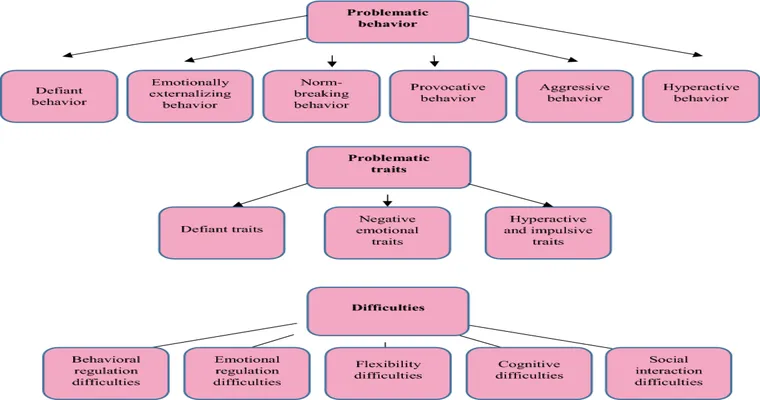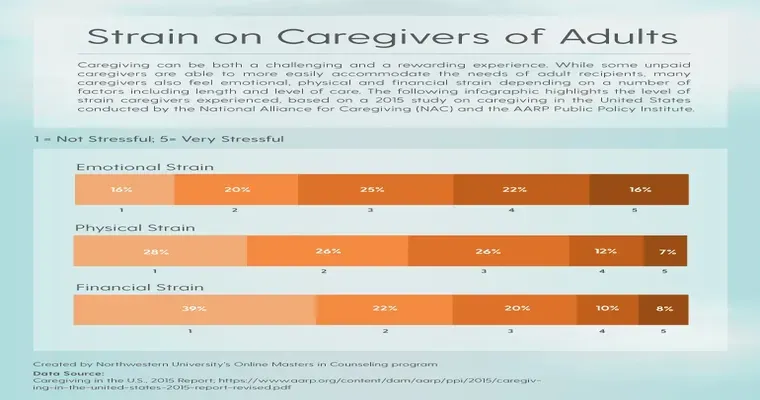In the world of finance and investing, many individuals often find themselves puzzled by the "market fluctuations" and the seemingly erratic "up and down behavior" of stock prices. This phenomenon can be attributed to a variety of factors, including economic indicators, investor sentiment, and external events that influence market dynamics. Understanding these fluctuations is crucial for anyone looking to navigate the complex landscape of investing.
One of the primary reasons for this "up and down behavior" is the "supply and demand" principle. When more investors are eager to buy a stock than sell it, the price tends to rise. Conversely, when selling pressure outweighs buying interest, prices drop. This basic economic principle drives much of the volatility seen in stock markets.
Another significant factor contributing to this behavior is "investor sentiment". Market psychology plays a pivotal role in how stocks move. For instance, if news arises that suggests a company is performing poorly, fear may lead to a sell-off, causing prices to plummet. On the other hand, positive news can create excitement and drive prices up. This emotional rollercoaster often results in sharp rises and falls, reflecting the collective attitudes of investors.
Economic indicators such as "interest rates", "inflation", and "employment data" also play a critical role in shaping market behavior. For example, an increase in interest rates can lead to decreased consumer spending, which may negatively impact corporate profits and lead to a decline in stock prices. Conversely, strong employment numbers can boost confidence and encourage investing, driving prices higher.
External events, including geopolitical tensions, natural disasters, or significant changes in government policies, can also lead to unpredictable "market fluctuations". These events can trigger a rapid response from investors, resulting in abrupt price changes that reflect the new realities of the market landscape.
Understanding the "up and down behavior" of stocks is essential for investors. While it can be tempting to react emotionally to these fluctuations, a more strategic approach involves analyzing the underlying factors driving the market. By focusing on long-term investment goals and maintaining a diversified portfolio, investors can weather the storms of market volatility more effectively.
In conclusion, the "up and down behavior" of stocks is a complex interplay of supply and demand, investor sentiment, economic indicators, and external events. By gaining insights into these factors, investors can better prepare themselves for the inevitable fluctuations and make more informed decisions in their investment journeys.





